Death Knights make their first appearance in Dungeons and Dragons in the 1st Edition Fiend Folio for Advanced Dungeons and Dragons. The Fiend Folio had some controversy when it came out. Some of the early Dungeons and Dragons writers were not happy with certain aspects of the book. Ed Greenwood criticized the book in the Dragon magazine. Gary Gygax also criticized the book over errors that it made. A spell (advanced illusion), which had not yet been published in any other TSR work, was mentioned in the Fiend Folio. The writers also did the same thing with a magic item (Philosopher’s Stone). And there were apparently some mistakes in the random encounter tables.
There was also a great deal of criticism about the brevity of monster descriptions in the Fiend Folio as compared with the Monster Manual. Some felt that the book needed more work before publication.
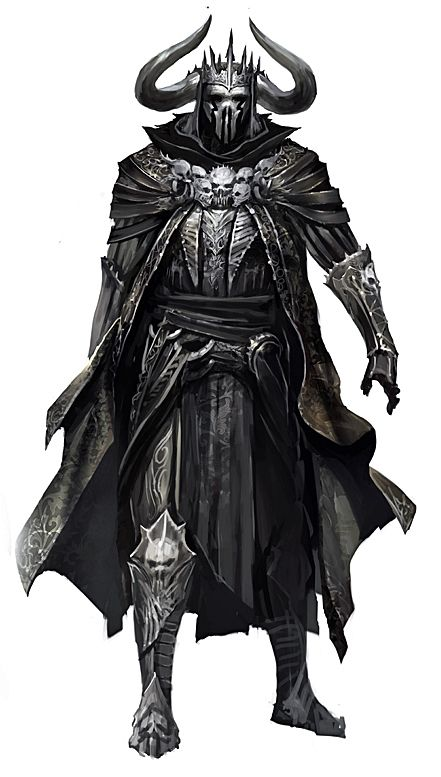
Most of the material for the Fiend Folio came from the Fiend Factory. This was a department of the White Dwarf magazine. The highest rated creatures were published in the book. White Dwarf was a British gaming magazine that covered fantasy gaming as well as other similar genres.
There were a lot of goofy monsters in the Fiend Folio. Many of the creatures were cross breeds of other creatures from earlier books. And a few were historical or mythological additions. There were also some really interesting monsters in the Fiend Folio,. One of my favorites is the Death Knight.
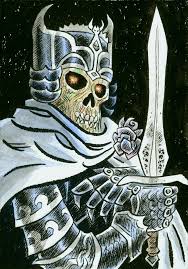
Death Knights in Dungeons and Dragons 1st Edition
The 1st Edition Death Knight may be one of those creatures that Gary and company felt had too short of a description. There were three paragraphs describing it. One of those paragraphs was one sentence long.
But the image of the Death Knight printed in the Fiend Folio spoke volumes about it. It looked much like my favorite monster…..the Lich. The Death Knight is like a Lich version of a fighter. It is a very powerful warrior but also has some terrible magical powers as well.
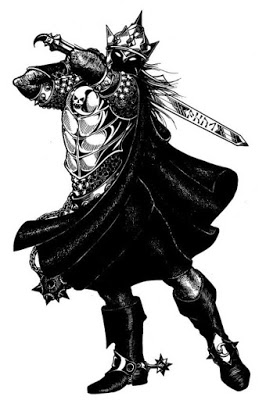
There were only twelve of these creatures. In some sense, I suppose, one might think this was a rip off of the Nazgul in Lord of the Rings. It probably is. But these are not exactly Nazgul. They are not ring wraiths. They are not former kings. These are former human paladins (note in 1st Edition a paladin could only be human). In a sense these were the original Anti-Paladin.
Death Knights were created by a demon prince. Demogorgon is the primary suspect. Presumably he did so before making his theatrical debut on Stranger Things. Unlike other forms of undead these cannot be turned or controlled by a cleric using their holy symbol. I find this rather interesting. Because a Lich can be turned. They, themselves, can control undead as if they were a 6th level (evil) cleric. While they cannot be turned, they can be affected, by a holy word.
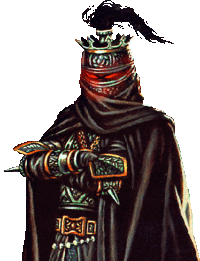
One powerful ability of the creature which is truly unique is it’s powerful resistance to magic. It has a 75% resistance to all spells or magic. But if it rolls 11 or lower on the percentage roll then the spell is reflected towards the caster.
They are powerful warriors. They have strength of 18(00). In 1st Edition this strength is nearly superhuman. It is the same strength as an Ogre. One with such strength gains a +3 advantage to attack rolls and a +6 advantage to damage rolls. They almost always fight with a sword. And eighty percent of the time this sword will be magical. They are often encountered mounted on a Nightmare.
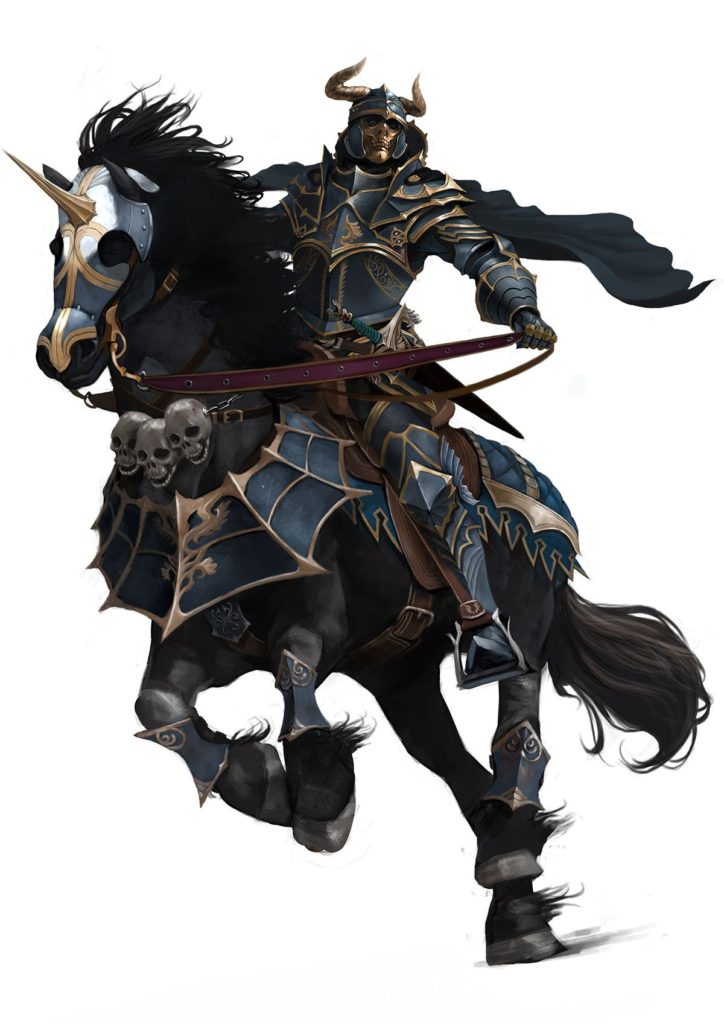
But some of the most powerful, and dangerous, powers of the Death Knight are magical. It always generates a fear radius. It also has the following spell like abilities:
- Create a wall of ice at will
- Detect magic at will
- Detect invisibility at will
- Dispel magic twice daily
- Gate in a demon twice daily: Type I (20%), Type II (25%), Type III (30%), Type IV (20%) or Type VI (5%) with a 75% chance of success
- Any of the Power Word spells can be used once a day (stun, blind, kill)
- Throw a 20 dice fireball once daily
- Symbol of pain/fear once daily
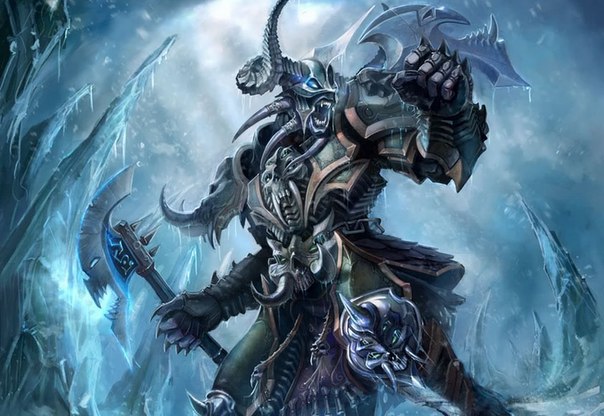
All spells are cast at 20th level of magic use.
These creatures vary from average intelligence to absolute genius. They are extremely evil and chaotic. They can speak 3-6 languages beyond it’s alignment tongue (chaotic evil) and the common tongue.
So as you can see, despite the brevity of the description in the Fiend Folio, there was actually a great deal of detail about them densely packed into those three paragraphs.
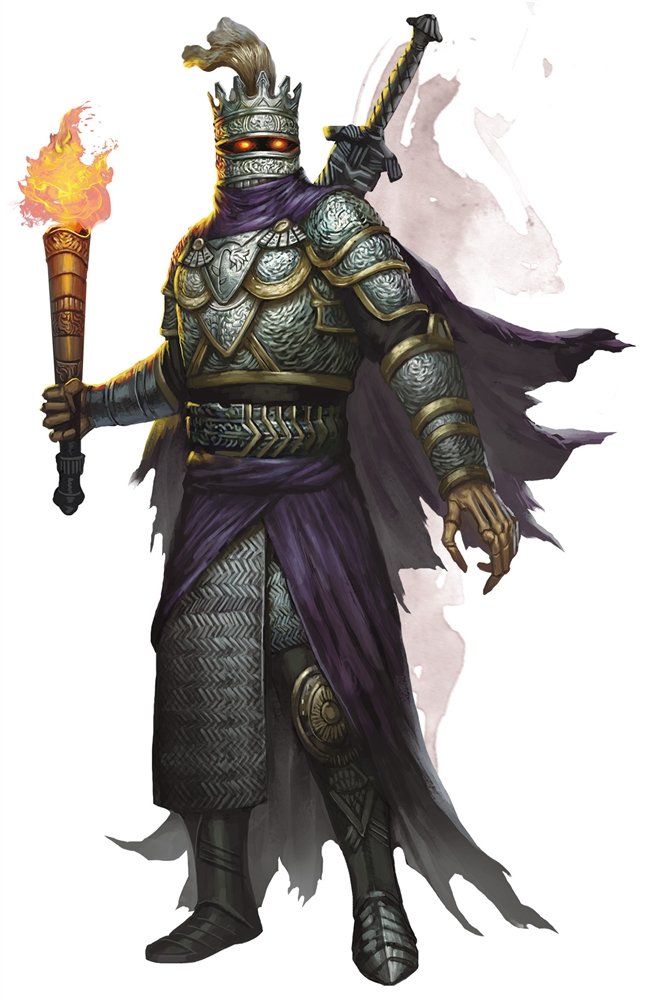
Death Knights in Dungeons and Dragons 5th Edition
The Death Knight is still a very powerful adversary. It is a CR 17 foe with a great deal of magical power and physical fighting skill. Like any fighter type class character it wears heavy armor (plate and shield) giving it an armor class of 20. It has a great deal of hit points (180) giving it a lot of surviving power. It is undead and chaotic evil in alignment.
The Death Knight has advantage on saving throws against spells or magical effects. Undead within 60 feet of it have advantage on any saving throws involving features that turn undead. Death Knights cast magic as a 19th level spell caster and uses charisma as it’s spell modifier. This give it a +10 to hit with spell attacks.
Like 1st Edition the Death Knight in Fifth Edition is a former paladin. It has fallen from grace and has died without seeking atonement. When dark powers form within the creature it becomes a hateful undead creature of immense power. It still wears the armor it wore in life but now only two pinpoints of light can be seen in the helm where the eyes would normally be.
Although the Death Knight has powerful magical abilities it can use none of these to heal. It attracts and commands lesser undead. Some Death Knights, however, serve fiendish lords. These may have lesser fiends as followers instead. The Fifth Edition Death Knight uses skeletal horses and nightmares as mounts.
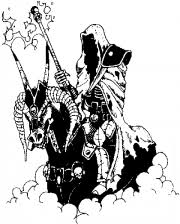
The ability scores of a Death Knight are as follows:
- STR 20 (+5)
- DEX 11 (+0)
- CON 20 (+5)
- INT (+1)
- Wis 16 (+3)
- CHA 18 (+4)
The Fifth Edition Death Knight casts magical spells as a paladin. It has the following spells prepared:
- 1st Level (4 slots): command, compelled duel, searing smite
- 2nd Level (3 slots): hold person, magic weapon
- 3rd Level (3 slots): dispel magic, elemental weapon
- 4th Level (3 slots): banishment, staggering smite
- 5th Level (2 slots): destructive wave (necrotic)
The actions of a Death Knight are as follows:
- Multi-attack: It can make three long sword attacks
- Long Sword : Melee Weapon Attack: +11 to hit, reach 5 ft, one target. Hit: 9 (1D8+5) slashing damage , or 10 (1D10+5) slashing damage if used with both hands, plus 18 (4D8) necrotic damage.
- Hellfire Orb (1/Day): Basically this is the equivalent of the 20 dice fireball from 1st edition. The Death Knight hurls a magical ball of fire that explodes at a point within 120 ft of it. Each creature in a 20 foot radius of that explosion must make a DC 18 dexterity saving throw. Any creature failing the saving throw takes 35 (10D6) fire damage and 35 (10D6) necrotic damage. Those who make the saving throw take one half damage.
The Death Knight has powerful defensive abilities as well. It can parry attacks. Against one melee attack it can add 6 to it’s armor class. To do this it must be able to see the opponent and must be wielding a weapon.
And lastly…..the Fifth Edition variant has one other ability that the 1st Edition Death Knight does not. The Death Knight can arise from again even after it has been destroyed. Until the creature has atoned for it’s life of evil it cannot escape undeath.
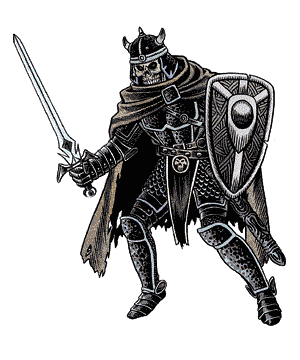
Death Knights in Dungeons and Dragons are tough opponents
Regardless, of edition, the Death knight is a dangerous foe. You do not want to bump into one of these in the next dungeon you are exploring. They will probably not be alone when you do. More likely, than not, they will have plenty of undead friends with them. And that could prove fatal to you and your group.
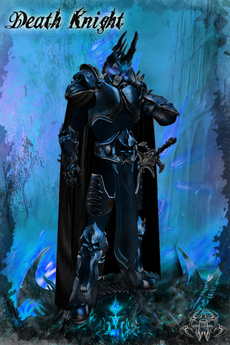
If you enjoyed this article then you might enjoy these as well:
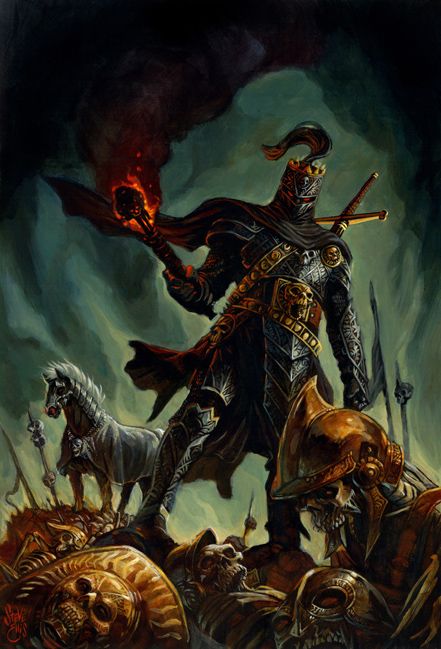


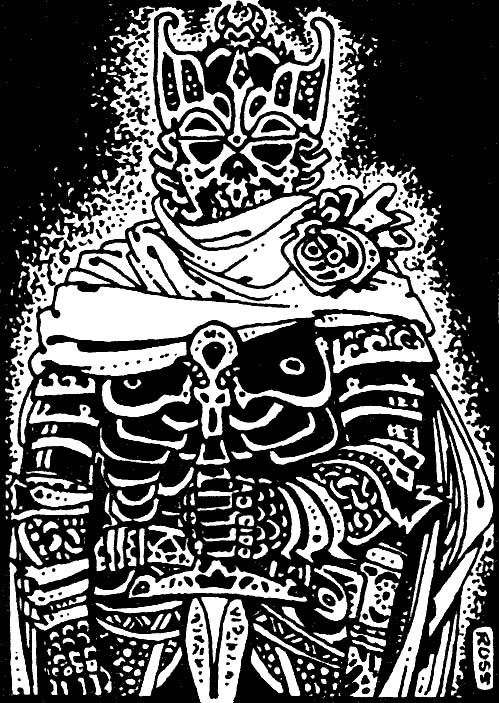
Great summary of of monster! Death knights were always one of my favourite monsters!
Thanks! Glad you liked it.